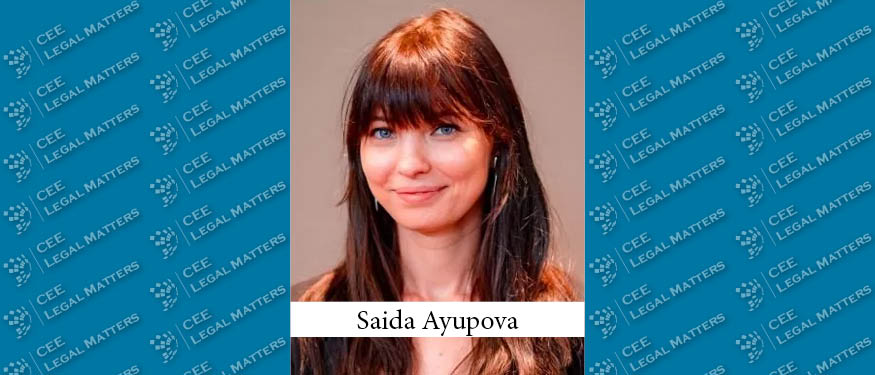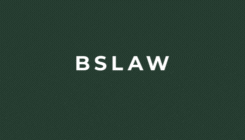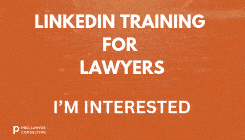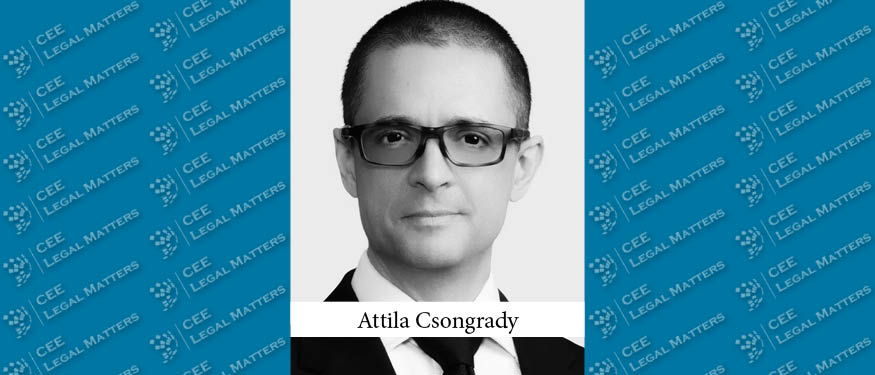Most law firms have a thought leadership section on their website – whether it’s called “Insights,” “Knowledge Center,” “Blog,” or “Legal Updates.”
But too often, these sections miss the opportunity to truly showcase the legal experts behind the content and maximize their visibility and credibility.
Since the goal of thought leadership is to build trust, strengthen your brand, and support business development, here are some best practices to help you do it more effectively.
1. Always Include Clear Bylines
This sounds obvious, but many firms still publish articles either under the “[Law Firm]’s staff” byline or don’t mention the author at all. Small firms could probably get away with it. If it’s a solo practitioner or a team of two or three legal experts, readers will often assume who’s behind the content anyway. But in larger firms, this lack of attribution makes it harder for prospective clients to connect individual expertise to the firm’s brand.
So clearly display the author’s full name + a professional photo for every article. It’s an easy way to help readers remember the legal expert behind the piece.
2. Link to Authors’ Profiles
Connect each author to their profile page.
When a prospective client reads a useful article, their next instinct is often to learn more about the author’s experience and qualifications. If there’s no clear link, that momentum is lost.
Likewise, link each lawyer’s profile back to their published articles in the thought leadership section.
3. Recommend Related Articles by the Same Author
It’s a body of work, not a single piece of content, that builds recognition and trust.
So make it easy for readers to explore more insights by the same author by adding a “More by [Author Name]” module in the sidebar or at the end of each article.
4. Call-to-Actions – Help Readers Navigate to the Next Step
Your insights section should guide users’ attention and help them determine what step to take next.
- Here are a few examples of what that next action could be:
- Reaching out to the author directly
- Downloading a related resource or guide
- Subscribing to updates on similar topics
- Exploring more articles by the same expert
- Scheduling an introductory call
5. Offer Social Proof
Reinforce credibility by showing that your experts are recognized beyond your own website. Where appropriate, include awards and rankings, notable deals, media mentions, speaking engagements, publications, etc.
These inclusions help build trust and highlight that your people are respected authorities in their field.
6. Consistency Builds Authority
Authority isn’t built by a single article. It requires consistency.
A recent example underlines this point. A week or so ago, CEE Legal Matters and CEELM Direct published a ranking of the H1 firms and lawyers who concluded the most deals as reported by CEE Legal Matters. One individual stood out. His name and face were instantly recognizable, even to those of us who are “outsiders” – Kostadin Sirleshtov from CMS.
Why? Because this legal expert contributes prolifically and consistently. Over time, this type of steady visibility creates a reputation that no generic, faceless blog ever will.
Your thought leadership is more than a content library. It’s a chance to showcase the real people behind your firm’s expertise. Highlighting individual excerpts clearly will make it easier for readers to trust them, remember them, and ultimately reach out.
By Saida Ayupova, Founder, Five-o-eight













